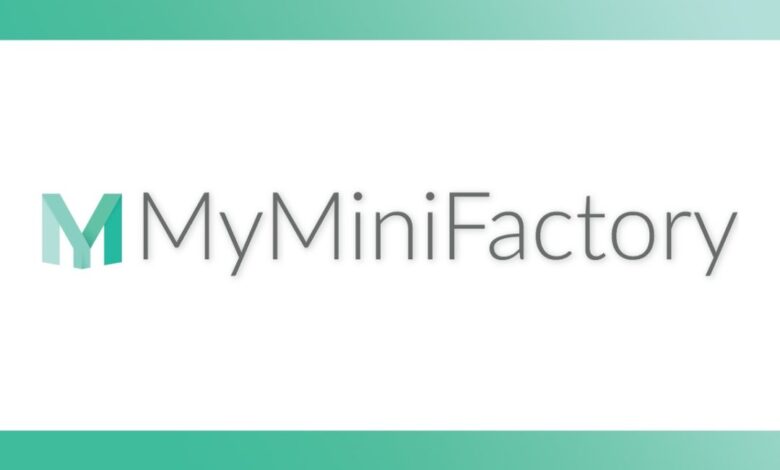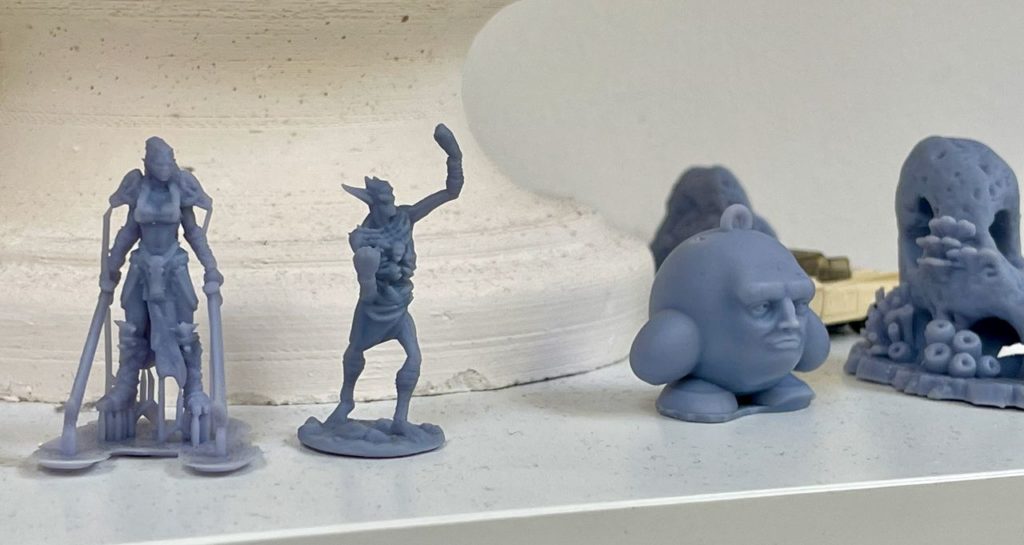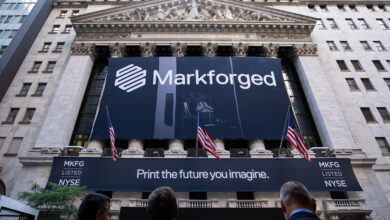
In recent trienniums, the global sales of 3D printers have undergone a remarkable tripling, and MyMiniFactory finds itself strategically positioned to capitalize on this upsurge. The UK-centric platform serves as a nexus for 3D printing innovators and domestic enthusiasts engaged in the fabrication and embellishment of their intricate designs.
MyMiniFactory orchestrates a resilient marketplace while concurrently cultivating a communal haven for this colossal international audience. The expansion is notably propelled by digital ennui and the escalating hours spent within the confines of one’s domicile, a trend exacerbated by the prevailing pandemic.
While mainstream discourse on 3D printing frequently fixates on domains such as healthcare and industrial production, the methodology is also extensively employed within the realm of tabletop gaming—a lucrative market valued at $12 billion. This encompasses board games and immersive role-playing experiences, often characterized by fantastical, martial, or speculative motifs.
For both hobbyists and professionals engaged in 3D printing, the utilization of an STL file is highly probable in their printing pursuits. This file format, working in tandem with a 3D slicer, expedites the transfer of data from a computer to the hardware of the 3D printer. Nevertheless, the pivotal query emerges: from where does one acquire an STL file? One can craft their own using Computer-Aided Design (CAD) software, or they can procure STL files from a repository such as MyMiniFactory. Inaugurated in 2013 by the London-based 3D printer distributor iMakr, MyMiniFactory stands as one of the preeminent STL file repositories on the vast expanse of the internet. As per MyMiniFactory’s pronouncement, their mission is to “Facilitate a decentralized ecosystem for 3D creatives that champions creativity and liberty through our communal values.” These values are encapsulated within the pillars of sustainability, purposefulness, inclusivity, and liberty.
While one might unearth STL files catering to professional requisites, it is imperative to note that MyMiniFactory predominantly targets consumers—individuals engrossed in gaming, cosplay, and general curiosity. Boasting a predominantly complimentary content pool, MyMiniFactory fosters a community where users contribute both original creations and derivations of re-uploaded STL files, undeniably solidifying its status as a premier destination for anyone equipped with a 3D printer.
How MyMiniFactory Works

In the realm of additive manufacturing systems, STL stands as the predominant file format, serving as the initial stride towards materializing a 3D-printed component. While one avenue involves crafting such files through 3D modeling on platforms like 3D Slash or various CAD software sites, an alternative route lies in the direct procurement of files from repositories such as MyMiniFactory or Thingiverse.
Aligned with its core objective, MyMiniFactory distinguishes itself with user-friendly interfaces and the cultivation of a robust communal atmosphere. Users navigate through diverse categories, meticulously inspecting files before selecting one that aligns with their requisites. Collaboration holds a pivotal role on the platform, fostering a culture where users willingly share their creations. Notably, premium options exist, ensuring equitable access to distinctive original content of superior quality, with an impressive 90% of purchase proceeds directly benefiting the designers, as stated on the website.
Furthermore, the platform extends enhanced benefits, including substantial discounts and a richer repository of STL files, to participants in their premium MMF+ initiative. Priced at approximately $8 per month, the MMF+ program positions itself as a patron of sustainability, channeling its proceeds to support the endeavors of contributors supplying STL files to the platform.
Tabletop gaming enthusiasts turn to MyMiniFactory as their go-to platform for discovering and acquiring intricate designs, enabling them to craft diverse creations ranging from tanks and formidable “Saurians” to castle gatehouses. The outcome of the 3D printing process yields tangible objects composed of gray resin, prompting many hobbyists to meticulously paint them with elaborate details. Interestingly, these enthusiasts often showcase their completed projects on MyMiniFactory, contributing to what the platform terms the “MetaReverse.” This concept revolves around leveraging technology to reestablish connections with fellow individuals in the tangible, physical realm.
Guaranteed 3D Printable Models
From its initial launch, MyMiniFactory underwent a meticulous curation process wherein each STL file underwent rigorous testing, and only handpicked designs graced the platform. Transitioning to the present, the British enterprise engages in collaborative ventures with 3D designers, ensuring that every file undergoes thorough software and community testing, eliminating the disheartening prospect of failed prints. Boasting an impressive repository exceeding 1 million validated 3D printing files, MyMiniFactory stands as an invaluable resource, streamlining the 3D printing process and conserving both time and materials.
Beyond its role as a 3D printing marketplace, MyMiniFactory serves as a hub for design competitions, offering participants opportunities to secure printers and other coveted prizes from prominent brands in additive manufacturing. The platform extends its reach even further by facilitating crowdfunding campaigns. A noteworthy example is the triumphant crowdfunding endeavor of Scan The World, which successfully erected the world’s largest free ecosystem featuring 3D printable sculptures and cultural artifacts – all conveniently accessible for download on MyMiniFactory, of course._
_A prominent figure among MyMiniFactory’s cadre of creators is Alejandro Zaragosa, the creative force behind Cast n Play. Renowned for their Terrain Essentials series, these designs have become indispensable for gamers seeking to construct intricate indoor landscapes. Hailing from Mexico City, Zaragosa embarked on his 3D printing journey by crafting gaming pieces due to the unavailability of such items locally. As interest in his creations burgeoned among enthusiasts, Zaragosa and his partner, Mariana Luna, forged a partnership with MyMiniFactory.
Zaragosa reflects on the collaboration, stating, “They proposed the idea of consolidating everything on a singular platform.” This approach eliminates the need for customers to navigate through multiple sites in search of files and creators. Moreover, creators like Zaragosa experience symbiotic growth with the platform, actively engaging with and integrating new features as they are introduced. The collaborative ethos encourages exploration and experimentation, fostering a dynamic relationship between creators and the evolving capabilities of the site._
Is this conversation helpful so far?
_In the year 2018, MyMiniFactory inaugurated a dedicated storefront catering to designers. Since its inception, the platform has undergone continuous enhancement, incorporating features such as fundraising through the Pledge Manager, offering monthly subscriptions via Tribes, and facilitating pre-sales with FronTiers. MyMiniFactory seamlessly integrates these functionalities through Stripe, utilizing the Stripe Checkout for payments and tax management.
A recent addition to MyMiniFactory’s payment repertoire is the utilization of Link by Stripe. This innovative feature facilitates a streamlined one-click checkout experience by automatically populating customers’ payment and shipping details. The integration of Link by Stripe is anticipated to yield significant benefits, with MyMiniFactory anticipating a potential conversion boost of 7% or more. This strategic adoption aligns with the platform’s commitment to optimizing user experience and ensuring a seamless transaction process.



